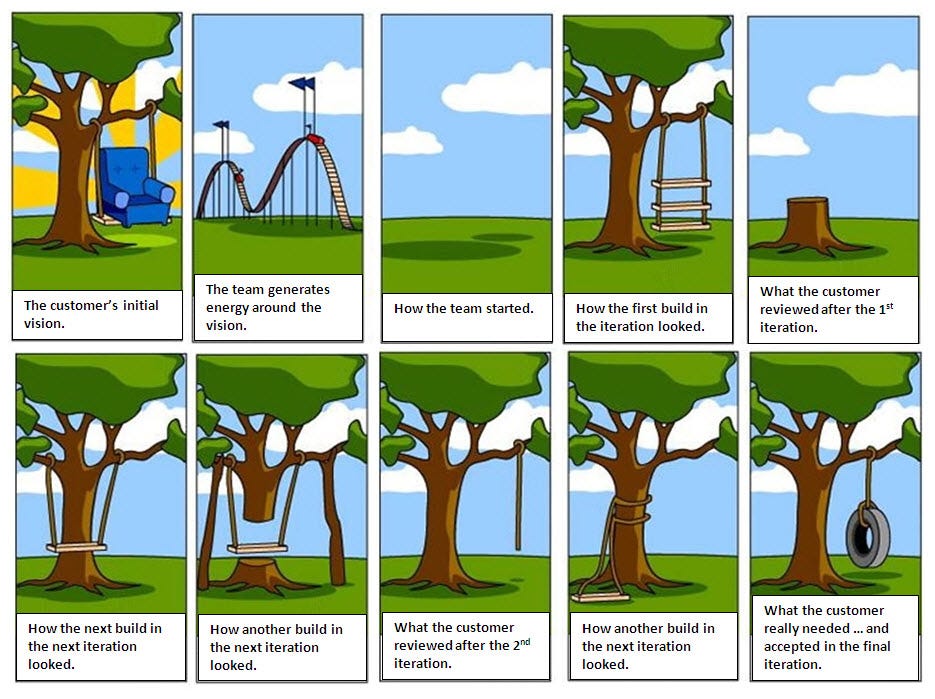Back to Basics: Why Fundamentals are key to your success
Emphasizing Fundamentals in Technology and Software Development
Understanding the past is crucial for navigating the future, especially in the realm of technology.
Take SharePoint as an example. Over the years, we’ve evolved from Farm solutions, sandbox solutions, Add-Ins, SharePoint Framework, Agents, and so on. Similarly, tools like InfoPath and SharePoint Designer workflows have given way to modern solutions, such as AI and automation. The same applies to the Power Platform (oh, now rebranded as Agent Platform).
A decade ago, building an IT Solution was costly and time-consuming. Today, solutions can be delivered in weeks at a fraction of the cost.
Rather than predicting where technology will be in two, five, or ten years, focus on being nimble and proactive. Return to fundamentals often; they are the foundation for growth and opportunity. For instance, adopting a data-driven approach or viewing technology as an enabler can significantly enhance your problem-solving capabilities.
Whether you’re working with SharePoint, Power Platform, Dynamics 365, or Azure, start with the basics. In SharePoint, this means understanding lists and libraries, while in Power Platform, it’s about mastering Dataverse. Azure offers tools like Azure Storage and Azure SQL. Begin with data and ask fundamental questions about its purpose, security, and classification.
“What is the foundation required for me to learn this?” Foundations are super important.
~ The Almanack of Naval Ravikant
The software development lifecycle (SDLC) remains a cornerstone of delivery. Gathering and validating requirements to build, testing, and deploying solutions. The process has remained consistent over the years. While automation and AI have introduced efficiencies, the core stages of SDLC remain unchanged.
Requirements
Design
Development
Testing
Deployment
and support
Focus on these fundamentals to deliver robust solutions.
Process First Approach
One critical yet often overlooked aspect is fixing processes before applying technology. If the process is flawed, no amount of tech will yield the desired outcomes. Engage with business owners to understand their needs, identify areas for improvement, and determine the business value. Only then should you select the appropriate technology to simplify processes, reduce costs, and improve efficiency.
What Problem are you solving?
In SharePoint, Dynamics 365, or Power Platform, data storage and presentation are fundamental. Whether you’re using SharePoint lists for simple data or Dataverse for complex relationships, ask key questions: What problem are you solving? Where is the data currently stored? What are the security, compliance, and retention requirements? Data classification—whether internal, public, confidential, or restricted—plays a vital role in decision-making. Understanding these aspects helps you deliver successful applications.
Final Thoughts
In summary, focus on fundamentals. They are the building blocks that enable you to deliver effective solutions. Whether it’s mastering data concepts, adhering to the SDLC, or fixing processes first, these principles will guide you through the ever-evolving landscape of technology.
How often do you go back to fundamentals to solve problems at work or in life?


